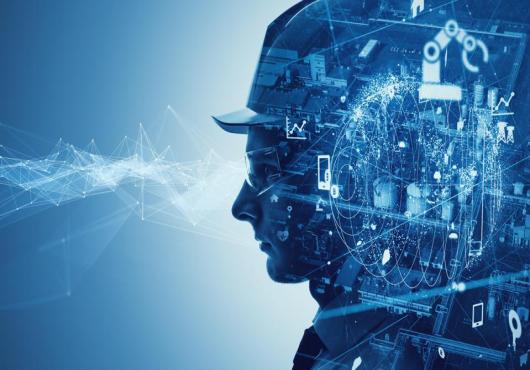
Data has become perhaps the most quintessential element in any business. It defines where the business is moving and how much potential does it hold. Data can be a set of numerical values or quantitative variables about one or more objects. Over the years, researchers have tried to unravel the full potential of data with data science, data mining, and other similar activities. Now, IT professionals and data scientists believe the combination of spatial computing and IoT can help enterprises gain a competitive advantage in the market by digital visualizing the data and generate better business outcomes.
Spatial computing refers to human interaction with a machine, in which the machine manipulates referents to real spaces and objects. Spatial computing plays a vital role in making machines fuller partners in work. It utilizes 3D space around the user as an interface and is somewhat similar to extended reality (XR). Scientists are assuming that spatial computing combined with VR and AR can help unravel more insights from data in three-dimension and help business owners make well-informed decisions. This will be further combined with the Internet of things (IoT), in order to augment capabilities. IoT allows devices to communicate with each other through connected sensors, which produces real-time data. The adoption of IoT devices has only increased over the years. According to the International Data Corporation (IDC), 2019, there will be around 41.6 billion connected IoT devices by 2025 that will generate 79.4 zettabytes (ZB) of data. The primary objective of this combination is to provide a completely enhanced, sophisticated, and never-seen-before experience to consumers.
Data visualization and data analytics can be taken to new frontiers with IoT and spatial computing where the true potential of data be unraveled. For instance, extended reality visualization of IoT capabilities offers remote assist experience. The operator can learn how to run or fix a machine with AR-enabled devices. A live video stream from a real human can guide the operator through complex repairs, which will be based on real-time data from the sensors attached to machine. Companies such as Magic Leap offers specialty headsets incorporated with spatial computing that enables enterprises to visualize complex data. Moreover, the addition of 5G is expected to only accelerate the entire process. 5G offers dense converge, higher bandwidth, low latency, and can reach where it couldn’t previously. 5G combined with IoT and spatial computing can create endless possibilities for consumers and enterprises.
That being said, researchers have issued a warning for such integration of advanced technologies. The concerns regarding security and individual privacy need to be taken care of. The security and privacy of individuals is expected to evolve in the near future with advancements in technology. However, it needs to be used ethically with humans not being treated as ‘another connected device’ to harvest data. If these concerns are mitigated, spatial computing and IoT can be used in the best interest of the community as well as businesses around the world. Companies will be able to make more prudent decisions and can have a positive impact on humanity.






